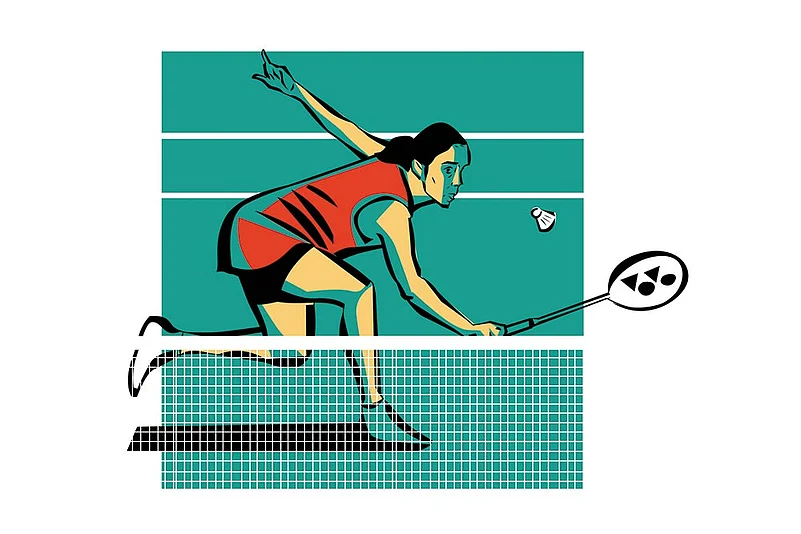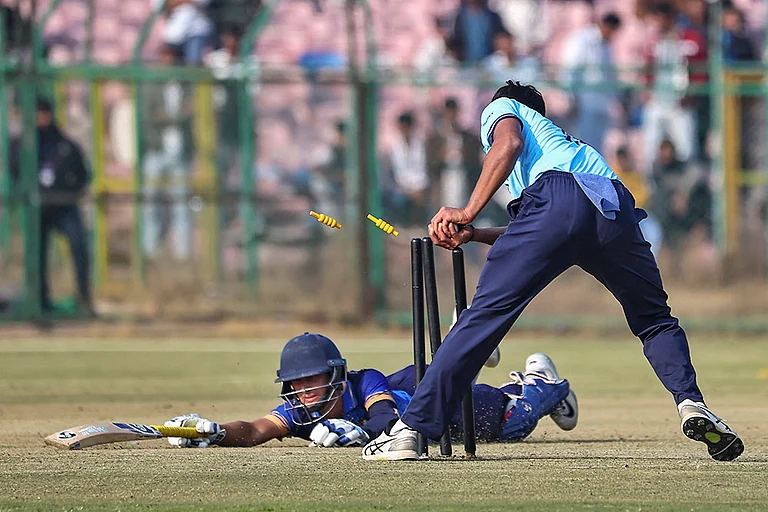It had eluded me as a 16-year-old in Melbourne 2006, which was my international debut. Those memories are, nonetheless, fond and significant as I was part of the mixed team that won the bronze. That rust-coloured souvenir was such a boost at that time in life. I had replaced Aparna Popat to play Tracey Hallam of England in the mixed team event. I defeated her in three sets, but India lost the match 2-3. I will remember that match against Tracey forever. She went on to win the gold in individual events.
The next Commonwealth Games (2010) came to Delhi, and so did that unforgettable gold. But a nagging Achilles injury made me miss the 2014 Scotland Games. So, the Gold Coast was the Commonwealth Games happening after eight years to me. And in badminton, a power racquet sport, eight years is a long time. But the dream came true as I won the mixed team gold and then the singles crown, beating compatriot P.V. Sindhu in the final.




















